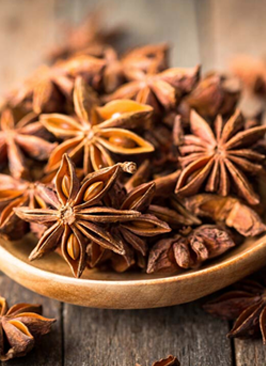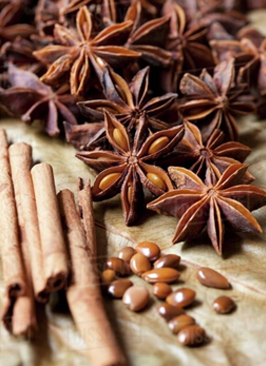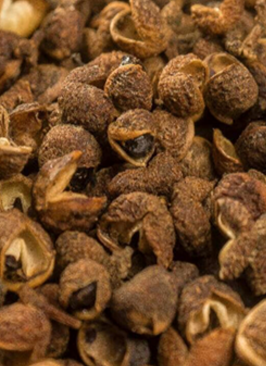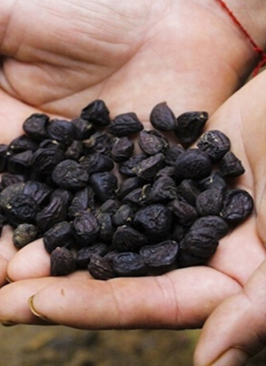Pho
Street food is a crucial part of Vietnamese culinary culture. It satisfies the passion for small dishes and snacks instead of main courses at set times. Street stalls often trade in specific hours, which are set up during the best times for their specialty. Certain classic meals always stand out despite a wide range of meals. The most famous Vietnamese cuisine, undoubtedly, is pho (or noodle soup). Pho is considered a national gem.
On the other hand, the pho’s origins are covered in mystery. It is said that it was invented in the early 20th century in the province of Nam Dinh. However, it is also argued that it was a blend of French (beef) and Vietnamese (noodles) influences. Another suggests that its name was chosen as a phonetic imitation of the French word feu. Overall, the impoverished village of Van Cu is the epicentre from which pho started its victory march to street food glory. In 1925, Mr Van was the first documented villager to move to Hanoi to earn a living as a pho vendor. After that, many more were to follow in his footsteps after the end of World War II when the dish started to grow in popularity.
In the beginning, Pho has three basic varieties as following: (1) noodles with slices of boiled and air-dried beef (which is pho bo chin in Vietnamese), (2) noodles with thin slices of rare beef (which is pho bo tai in Vietnamese) or (3) a mixture of both (which is pho bo tai nam in Vietnamese).
Pho with chicken (or pho ga) was initially believed as a soup for women and children only, there had been only one stall in Hanoi making pho ga until 1945. After the Japanese occupation of Vietnam, it only became more popular and then again during the “bao cap” era – both times in which beef was hard to come by. These days, the soup is a favourite alternative to the heavy pho bo, especially during the overpowering heat of summer. Although pho is initially a northern dish, it has been embraced by the south with the modified recipes in the process. In Ho Chi Minh City, pho is served in bigger bowls with more herbs and condiments.
Bun cha
Alongside Pho, Bun cha is a classic Northern Vietnamese dish. Bun cha has chargrilled pork patties in the dipping sauce, served with cold vermicelli (bun), herbs and salad leaves. It can also be served with nem ran, which are fried spring rolls. Pho is traditionally considered a breakfast or early dinner; meanwhile, bun cha is often taken at lunchtime.
Bun cha has the halo effect of the grilled pork that lures in the diners. The book author Thach Lam (1909-1942), who composed one of his first books on Vietnamese food, highlights that the delicious smell of the well-marinated pork being grilled would be the reason to make the ill rise from their sick beds.
Banh mi
Baguettes
In 1954, the French left Vietnam, leaving behind the fresh and crusty baguettes (banh mi). However, the Vietnamese adjusted the original recipe to best suit their tastes. Therefore, baguettes are made from a wheat and rice flour mixture, which results in a very airy look that has a thin crisp crust.
Bread
The bread is first introduced by street vendors with bamboo baskets or from street stalls, where they are organised into pyramids. The local sandwich plays an important role in Vietnamese street food culture. In The Book of Salt, author Monique Truong has called it ‘the ultimate on-the-go fare’.
Banh mi is very popular in Ho Chi Minh City, where vendors cram them full of delicious toppings, including cold meats, omelette and fish patties, all spiced with pickles, even fish sauce and chilli. The latest generation to the banh mi history is the doner kebab. This was imported to Germany by Turkish workers. It was then brought to Vietnam by a chef who worked in Augsburg in the late 1990s. He opened his first kebab store in 2005 in Hanoi and over the last few years, the doner kebab has become the fastest growing street food in the city.
Vietnamese street food culture embraces a bastion of Vietnamese cultural identity against culinary globalisation. Despite the advent of food chains in Ho Chi Minh City and Hanoi, and the disappearance of the traditional wet markets. Street food continues to offer the uniquely Vietnamese version of fast food: cheap and cheerful, fresh and nutritious, seasonal and local, for a people perpetually on the move.




